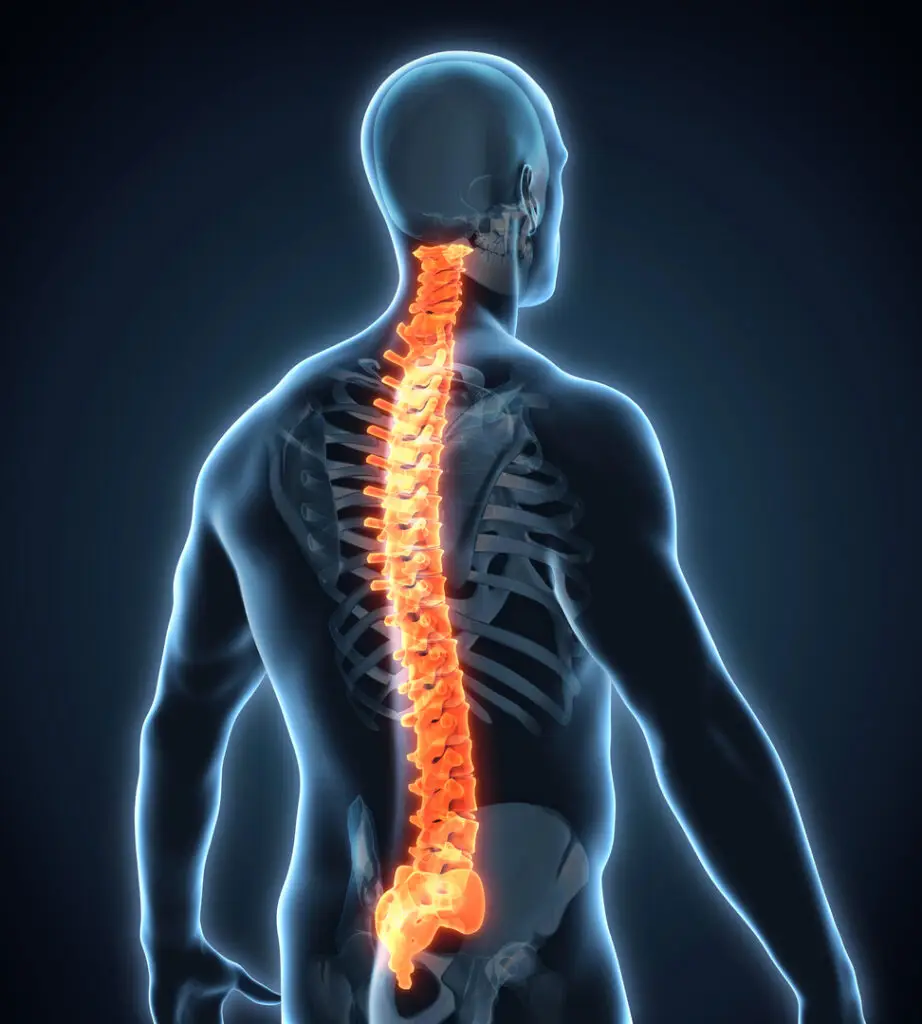We have recently covered the details of myelopathy, which is a spine condition that results from compression of the spinal cord. Myelopathy symptoms may cause weakness of the hands and/or legs, problems with walking, balance, and coordination. Additionally, loss of normal bowel, bladder, or sexual function may develop. The condition can also be painless unless accompanied by radiculopathy, which is compression of a nerve root, which may cause radiating pain where the compression occurs.
When it affects the thoracic spinal cord, the condition is specified as thoracic myelopathy. Although myelopathy has many causes and is least likely to occur in the thoracic spine, thoracic spine myelopathy typically will occur from fractures, bulging discs, bone spurs, or other spine trauma.
The thoracic region is the middle section of the spine. Therefore, thoracic myelopathy can be used as more of a designation of the location of myelopathy. Although the myelopathy may originate from the thoracic region, it is still possible for pain to be felt in other regions, such as the lumbar or cervical regions of the spine. The treatment option is decompression surgery.
Since myelopathy symptoms are not unique, testing is required for a myelopathy diagnosis. The process includes a possible X-ray, a nerve functioning test (such as an electromyogram) to measure nerve stimulation, sensation, and movement, and/or an MRI scan of the spine and spinal canal.
Nonsurgical treatment does not fix the compression causing myelopathy and will not keep the condition from progressing. Nonsurgical treatment will only help with daily activities and pain. These treatments include pain medications and physical therapy. These nonsurgical options should only be used while waiting for surgery. Eventually, decompression surgery should be performed to provide relief for the pressure in the spine and remedy any conditions (such as herniated disc) if possible.
Myelopathy itself is a condition that should be treated as quickly as possible. It can result in the loss of the use of hands or the ability to walk if left untreated. Once spinal cord damage occurs, it may not be fully reversible. Myelopathy can arise at any level of the spinal cord but most commonly arises from a problem in the neck (cervical). The onset of symptoms for myelopathy is a gradual onset and slow progression over months and years. Myelopathy most commonly affects adults age 50 and older.


